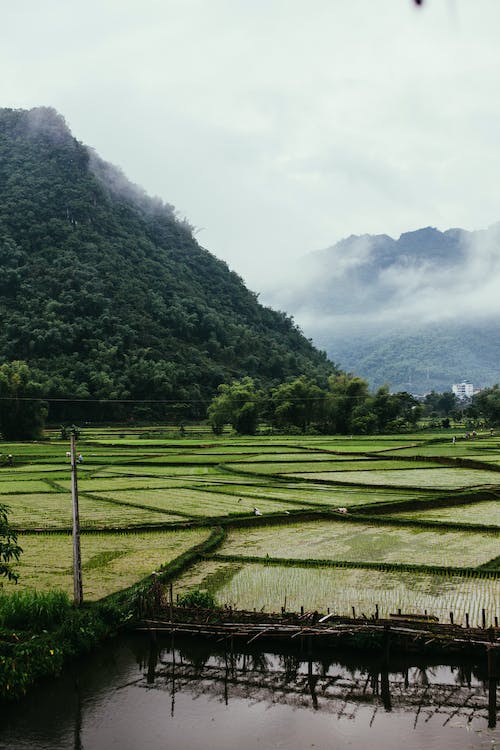Water is a blessing of God in this world. We can’t even think about living without this valuable resource of nature. We get our food from plants that require water for their proper growth and development. If we wish to get quality food for healthy living, it is important to take care of the irrigation part of cropping. With a good irrigation system, crops grow in their best way even during rain scarcity.
Different types of plants and trees require different methods of irrigation at different seasons of the year. So, various forms of irrigation are utilized in the agriculture sector to get a high quality of crops and herbs. However, the best way of irrigation leads to minimum wastage of water. The two most important ways of irrigation that help to save water, money and time are:
Sprinkling Method
In this method, water is sprinkled like raindrops over plants through pipes. The main pipe, coming from a tubewell, is laid down which is further joined with other perpendicular pipelines. A nozzle is attached at the end of a pipe that sprinkles water in a rotating manner. Such a system is very useful for the areas with uneven ground, and where a scarcity of water is commonly found. It is also helpful for the areas that require temperature changes in the atmosphere, earth, and soil. Some experts at HydroDynamicsCorp.com say when water is sprinkled continuously over the fields, the composition and quality of soil are also improved. Some more benefits of this system are:
-
The crops are protected from extreme temperature conditions.
-
Soil is conserved and productivity is increased.
-
Fertilizers and insecticides can be provided to crops easily by sprinkling.
-
It is also useful for the lands having sandy soil.
Drip Irrigation
This method is really useful for different types of plants and helps to save water. In this technique, narrow pipes with small holes are laid down in fields. When water flows through them, it comes out of the holes in droplets form and enters into the roots of plants directly. This method is extremely helpful for the places where rainfall takes place rarely and the level of groundwater is also very low. Some advantages of this technique are:
-
The shrubs, turfs, and plants flourish perfectly when they get water in their roots at a slow and steady speed.
-
The moisture level of the soil is maintained that reduces the stress level of a plant caused due to excessive heat or other atmospheric changes.
-
It improves the aesthetic look of an area and doesn’t let water sprinkle over unnecessary places. The small pipes can be hidden under manure or soil without any problem.
-
As pipes cover a small area of a plant’s roots, there are fewer chances of growing weeds around, due to dry soil.
Apart from these, the system of fertilization becomes easy as fertilizers reach directly to the plant’s roots through pipes. These drip lines cost less to install and their maintenance is also easier than other methods. Any one of these methods can be utilized as per the requirements of crops and specific goals.

